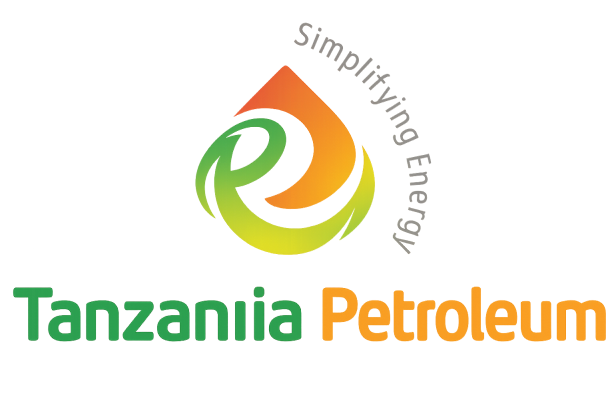Many conversations about LPG in Tanzania start from assumptions that sound plausible — but when tested against field reality they fall apart.
Believing myths leads to poor strategy: overbuilt infrastructure, failed pilots, and disappointed households. Below are five common myths and the pragmatic truth behind each.
Myth 1: “If you build distribution points, people will automatically switch.”
Truth: Availability matters — but it isn’t enough.
Physical access to cylinders and refills is a basic requirement, but adoption depends on affordability, perceived value, and habit. Households often treat LPG as a secondary fuel until price, convenience, and safety perceptions align. In practice, uptake accelerates when distribution is paired with pricing options (smaller refill sizes, PAYG), visible safety demonstrations, and predictable delivery — not just new retail points.
Myth 2: “Urban adoption solves the whole market — rural areas will follow quickly.”
Truth: Urban momentum helps, but rural adoption follows a different logic.
Cities offer density, higher incomes, and better roads — all favourable for quick uptake. Rural areas, however, face higher transport costs, seasonal incomes, and sparser retail networks. That means rural strategies usually need aggregation (village buying groups), mobile refill campaigns, or subsidies targeted at last-mile costs. Expect slower, more deliberate growth outside urban corridors.
Myth 3: “Price alone will determine whether households keep using LPG.”
Truth: Price is necessary, but reliability and convenience often trump small price differences.
Yes — if refills become suddenly unaffordable, households revert to traditional fuels. But many users tolerate slightly higher unit costs for dependable delivery, time savings, and cleaner cooking. For commercial clients, predictable supply is usually more important than marginal price savings. Thus, pricing strategies should be paired with service guarantees to sustain retention.
Myth 4: “Safety fears are irrational and easy to fix with one training session.”
Truth: Safety concerns are real and require ongoing, trust-building efforts.
Misinformation, stories of accidents, and unfamiliarity with cylinder handling make many households hesitant. One-off training sessions help, but long-term adoption comes from repeated, visible demonstrations — safe refill points, trustworthy retailers, and neighbour-to-neighbour proof. Local influencers, regular safety messaging via radio/WhatsApp, and visible standards (cylinder checks, sealed refills) build the trust needed for lasting change.
Myth 5: “Technology (apps, tracking, digital payments) will immediately scale adoption.”
Truth: Technology is a powerful enabler — when it’s fit for purpose.
Smart logistics, PAYG, and digital bookings reduce costs and improve convenience — but only when matched to local realities. Smartphone apps can be great in cities, while USSD/SMS flows and simple call-centres often work better in peri-urban and rural areas. Equally important: digital payments require reliable delivery experiences to build trust. Tech solves many frictions, but it’s not a substitute for good operations and customer relationships.
Read:Understanding Consumer Behavior and Adoption Trends in Tanzania’s LPG Market
Practical Implications (What Works Instead of Myths)
- Combine access with affordability tools. Offer smaller refill sizes, staggered payments, or microcredit options so households can manage cashflow.
- Design distribution for density and clusters. Use hub-and-spoke models and community aggregation to lower last-mile costs rather than forcing door-to-door economics everywhere.
- Make reliability a selling point. Promote delivery SLAs, subscription models, or commercial off-take contracts that prioritise steady supply.
- Invest in sustained safety campaigns. Repeated local demonstrations, partnerships with community leaders, and transparent cylinder management win trust over time.
- Choose technology that matches the market.Prioritize simple, resilient digital flows (USSD, SMS, mobile money) where smartphone use is limited; use apps where they add real operational value.
Final Thought
LPG adoption in Tanzania is not a single problem with a single solution. It’s the sum of distribution economics, consumer behaviour, service reliability, and local trust. Dispelling the common myths above helps shift strategy from optimistic assumptions to pragmatic interventions — and that’s how durable market growth actually happens.






